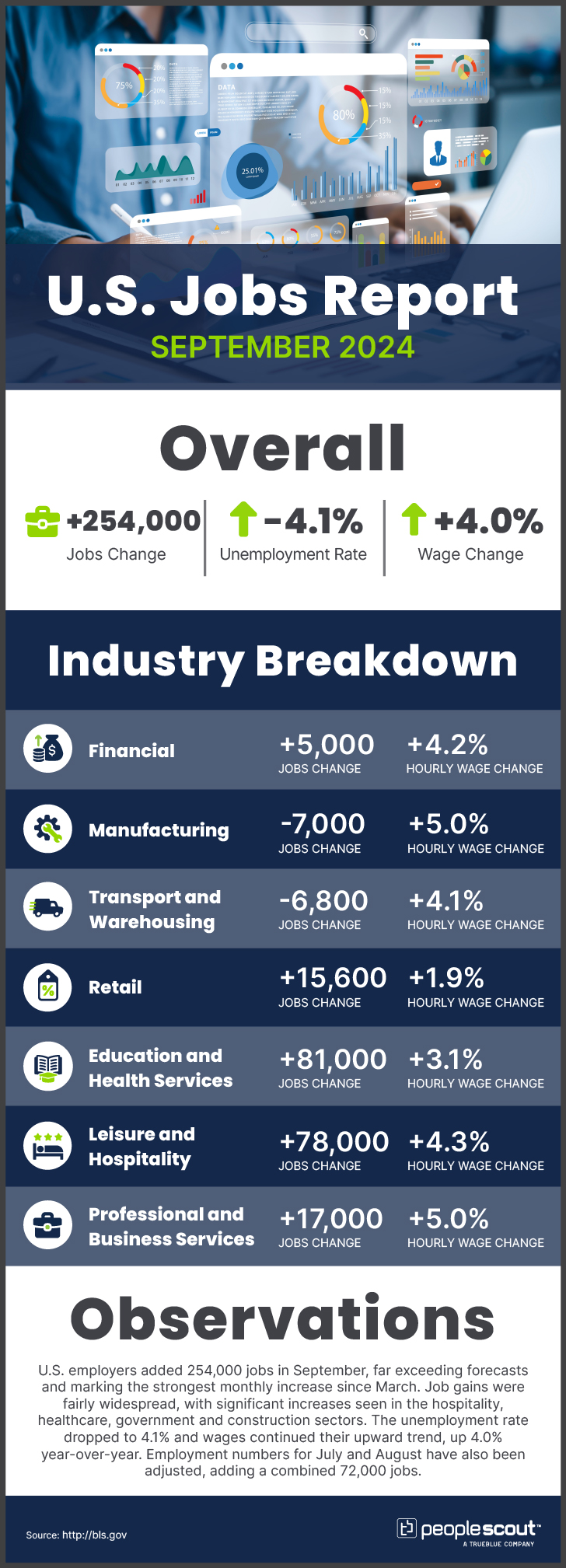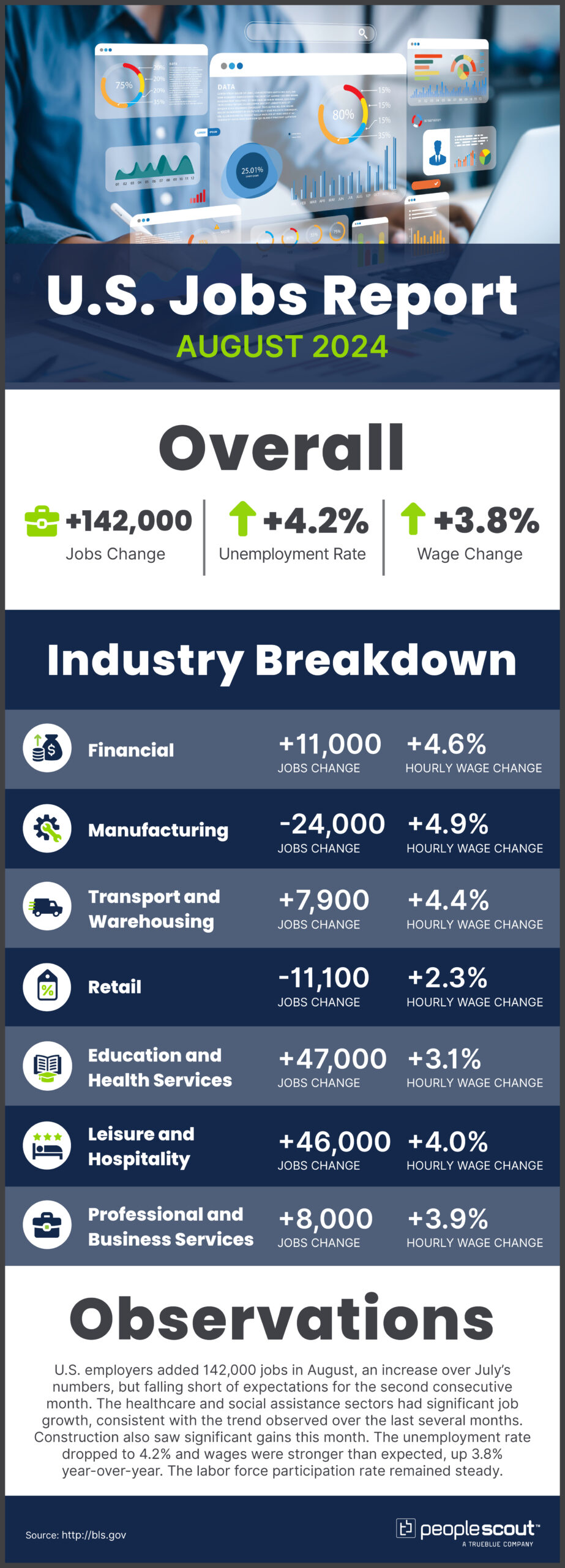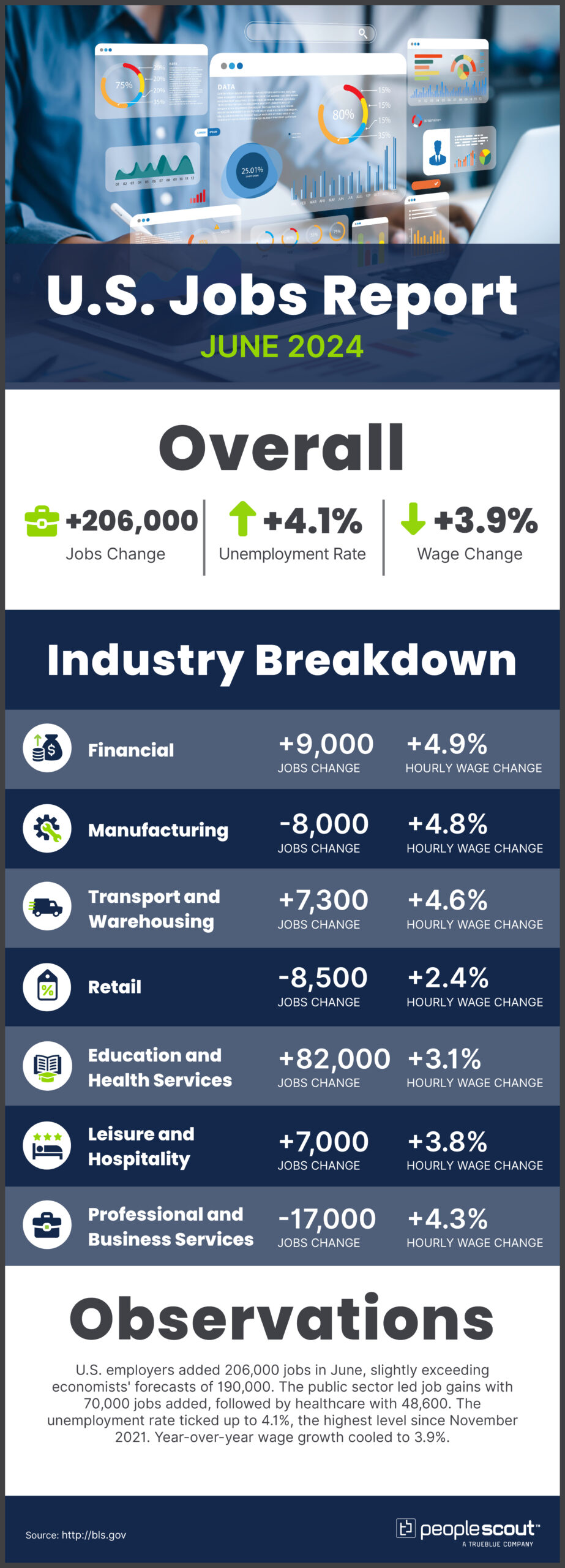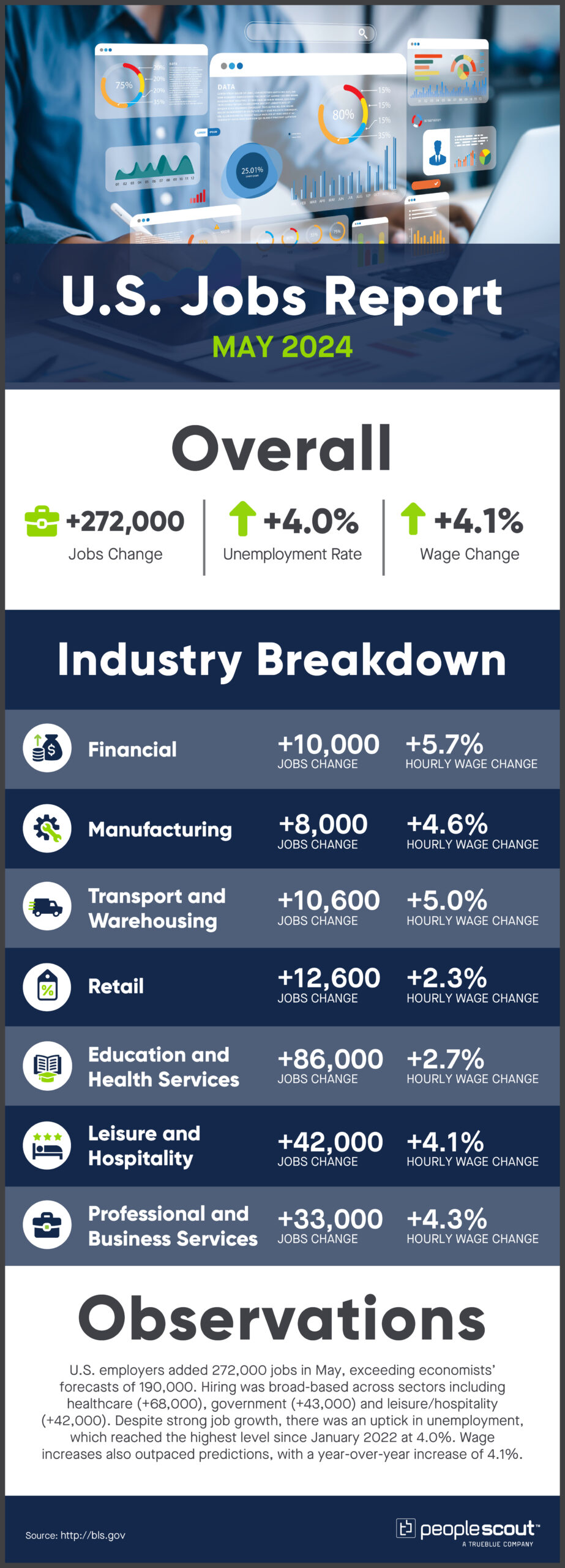[On-Demand] Job Interviews & Gen AI: Pitfalls & Best Practices to Hire Top Talent
While everyone’s talking about AI in recruitment, we’ve been analysing its real impact on the candidate assessment process. Our data shows that while pre-recorded interviews remain crucial for volume hiring, they’re increasingly vulnerable to manipulation from candidates leveraging Generative AI (Gen AI) tools like ChatGPT or Gemini.
So, how do you accurately assess candidates while ensuring fair opportunities for all?
In this webinar, PeopleScout’s Head of Assessment Design, Amanda Callen, and Talent Solutions Director, James Chorley, break down the issues and share practical strategies for securing your interview and assessment process in the age of Gen AI. Whether you’re concerned about AI’s impact on your current practices or looking to future-proof your process, this session covers pitfalls ahead and best practice you can implement immediately.
In this webinar, we’ll tackle:
- Gen AI Disruption: Understanding how Gen AI actually impacts pre-recorded interviews and assessment processes
- Smart Mitigation Strategies: Exploring dual assessment approaches to safeguard quality without compromising the candidate experience
- Future-Proofing Your Process: Anticipating Gen AI advances to help with reviewing and adapting your assessment tools to stay ahead
- Plus, you’ll get a free guide!
You’ll gain a comprehensive understanding of both the challenges to interviews and suggested solutions, leaving with concrete strategies to protect your recruitment process while embracing innovation.
Presenter Information:
Amanda Callen, CPsychol AFBPsS HCPC-registered FRSA
Amanda is a Chartered Psychologist and an HCPC-registered Practitioner Psychologist with over 30 years’ experience of working in occupational psychology consultancy and research within UK and global public, private and third sector organisations.
She is an assessment design and strategy specialist, with a particular interest in diversity, inclusion and fairness in assessment methodologies, and in how AI and new technology is impacting assessment practice and reality.
Amanda is Head of Assessment Design at PeopleScout, where she leads the team of psychologists providing a range of psychology services, including evidence-based diagnostics, assessment data analysis and bespoke assessment methodology design, alongside our consultancy and partnership services.

James Chorley
James Chorley is a seasoned professional with over 16 years of extensive experience in the Recruitment Process Outsourcing (RPO) industry. As a Talent Solutions Director – RPO for PeopleScout, he has a proven track record of success in various facets of RPO, including implementation, first-generation RPO, early careers and assessment solutions. His expertise lies in forging strong client partnerships and delivering tailored recruitment strategies that drive success.
In addition to his RPO expertise, James has a robust background in learning and development. This unique combination enables him to design and implement comprehensive assessment solutions that not only identify top talent but also support their ongoing development and growth within organisations. His commitment to continuous improvement and innovation in recruitment processes sets him apart as a thought leader in the industry.








